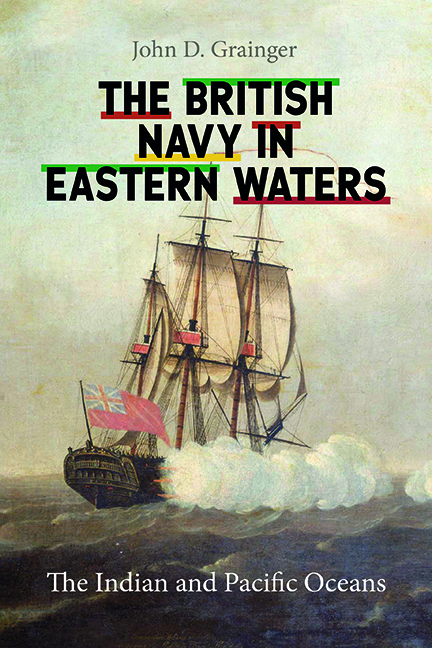11 - Imperial Warfare (1838–1863)
Published online by Cambridge University Press: 26 May 2022
Summary
The early and mid-Victorian period covered in this chapter is one of frequent wars and revolutions in Europe, but of even more frequent wars in the British Empire and its neighbours around the Indian Ocean. These imperial wars also involved countries around the whole Pacific region. Histories of the period tend to highlight the American Civil War, and the German wars in Europe, perhaps the Italian unification wars, none of which involved Britain other than diplomatically. In the east, however, the British in India fought China (twice), in New Zealand (twice), Burma (again), in Borneo, South Africa, Madagascar, Sind and the Sikh kingdom, Russia, Afghanistan, Japan, Persia, Arabs in the Gulf, Ethiopia – and its own Indian subjects in the Indian Mutiny. These decades were therefore the most violent of the century, and every quarrel in the region involved or affected Britain and British India. The period before then had seen fighting, as did that which followed, but the thirty years of this chapter were the most violent of all, even more so than the preceding French wars.
It is possible to interpret the period as one of British India on the defensive, but in most cases it is difficult to see that a serious challenge could be mounted to its imperial position: there was, for example, no coordination between its many enemies. Those wars which could be clearly described as defensive were confined to India and its borders – the Afghan war, the Mutiny, and the Sikh wars, which did not really involve the Royal Navy or the Indian Navy in any large degree – though naval people were involved in the Mutiny, and the Sikh wars saw the invention of the Naval Brigade. But any other war, from the Russian Pacific to Madagascar and South Africa, needed the Navy, or was conducted by the Navy, and in many cases it was a matter of British aggression; the British Empire was substantially larger in 1871 than it had been in 1839 as a result of these wars. It is therefore astonishing that the Royal Navy deployment in the Indian Ocean and the Indian Navy were little larger at the end of the period than at the beginning.
- Type
- Chapter
- Information
- The British Navy in Eastern WatersThe Indian and Pacific Oceans, pp. 205 - 234Publisher: Boydell & BrewerPrint publication year: 2022



